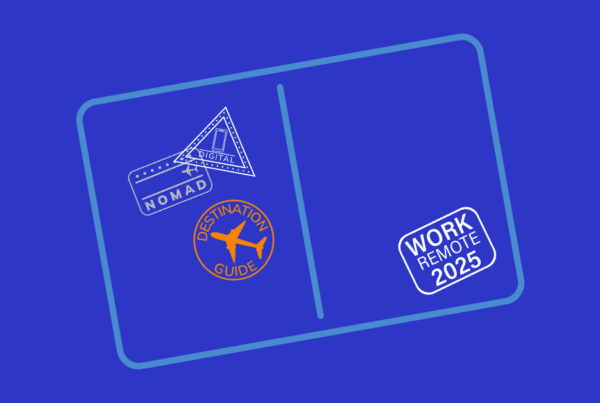
This past spring, FlexTal conducted our own survey to determine the future of work in a post-COVID-19 world.
Knowing the workforce is trending toward flexible work, we were curious to see which factors are keeping traditional workers from taking the leap toward a flexible work situation.
Global data informs what we already know: people want to break free from the 9-to-5 and work on their terms. A study of 209,000 workers in 190 countries found 89 percent of global workers want a remote option at least once a week.
Going further than that is the rise of the freelancer, or what we refer to as the “flexible worker.”
Our results showed workers are most concerned about security. Twenty-three percent of respondents who gave up flexible working for a full-time job cited “unstable income” as a reason, and 12 percent said lack of projects brought them back to traditional work. Interestingly enough, few people actually missed the traditional work structure. Only four percent of those that took the FlexTal survey said they missed full-time work.
It’s understandable that these former flexible workers had to go back to a full-time work model. The freelance/contract model famously does not come with the benefits a typical, full-time job provides, like health insurance, PTO, and – for a lucky few – retirement options. There is also the misconception that a full-time job is more permanent than jumping from project to project. However, COVID-19’s mass layoffs in spring 2020 taught us that nothing is completely secure.
Evolving toward a flexible world
March 2020 changed our lives forever. In the United States, we had been well aware of COVID-19’s risk for months and it was only a matter of time before society had to adapt to live amongst a deadly virus. Part of that adaptation included devastating layoffs, with 20.5 million workers out of a job in April 2020 – the most significant loss since the United States began tracking unemployment data in 1949. Most Americans grew up learning the horrors of the Great Depression, thinking we were far past those days, learning from history. Then COVID-19 propelled us into Version 2.0.
Workers out of a job needed income. They had lives, families, owned houses. So out of desperation, workers began picking up opportunities wherever they could find them. As opportunities piled up, many fell into full-time flexible work by accident. And they found it is just as sustainable and even more lucrative than the full-time opportunities we once thought were secure. Fun fact: the majority of freelancers (65 percent) are currently earning more than they did when they had a full-time job.
Currently, flexible workers contribute $1.2 trillion to the American economy, and they’re not going anywhere. Gen Z and millennials – the workforce’s majority – are driving the trend, with 44 percent of millennials and 50 percent of Gen Z participating in flexible work in 2020.
Assisting the flexible-work boom are talent-matching platforms.
A 2015 McKinsey report predicts talent-matching platforms “could add $2.7 trillion, or 2.0 percent, to global GDP and increase employment by 72 million full-time-equivalent positions” by 2025. The report goes on to explain why this model is necessary for our modern workforce:
“Up to 540 million individuals could benefit from online talent platforms by 2025. As many as 230 million
could shorten search times between jobs, reducing the duration of unemployment, while 200 million
who are inactive or working part-time could work additional hours through freelance platforms. As
many as 60 million people could find work that more closely suits their skills or preferences, and
another 50 million could shift from informal to formal employment.”
In the years since McKinsey released its data and predictions, the flexible-work economy has only supported those predictions and then some. And as the flexible-work economy grows, so will talent-matching platforms.
People matter, not the metrics
Even though they’re set up to give the flexible worker a boost, many talent-matching platforms are just as big of a hassle for a flexible worker as going it alone. To break it down, there are two models that have emerged: The deep-talent platform and the shallow-talent platform.
By now, many people are familiar with shallow-talent platforms like Upwork and Fiverr. The platform provides the listings, but the flexible worker still has to put the work in to search for the right fit and put together an attractive proposal for the potential client. Essentially, shallow-talent platforms are a lateral move from prospecting on your own.
These platforms, however, are wildly successful. In 2020, Fiverr stock grew 730 percent and Upwork stock boasted 223 percent growth. But with that most focus on metrics, even the best model is bound to implode under the pressure. And Upwork’s Q2 financial report is… complicated.
On Friday, July 30, 2021, Upwork’s stock prices fell 12 percent, prompting experts to wonder what happened in Q2. From The Motley Fool:
“Revenue rose 42% to $124 million, but take rates fell by nearly a full percentage point to 14.2%. That led to a wider net loss from the second quarter of 2020 and also came in weaker than most investors following Upwork had expected. However, on an adjusted basis, Upwork’s earnings of $0.03 per share reversed a similar-sized loss in the year-ago period.
“What might have spooked Upwork shareholders the most was guidance for year-over-year revenue growth in the third quarter to slow to around 30%. Whenever high-growth stocks start to see deceleration take hold, it can be hard for their share prices to hold up.”
With the company focused on making shareholders happy and stock prices rising, the people who use the platform will likely begin to slip through the cracks.
FlexTal frees the freelancer
When everyone else is focusing on numbers, charts, data, and volume, FlexTal is putting the time we’d spend on metrics and investing it into the people. Why? It’s the people who write the online reviews, who will promote their positive experience to their peers and offer loyalty as a result of mutual support between two parties. When you only care about metrics, that mutual support, that key building block of every relationship, is missing.
When we say we put people first, this means we provide a system that gets rid of freelance hassles. A good portion of a flexible worker’s time is spent on billing clients, scoping out new opportunities, networking and self-promotion, and the worst of it all, chasing down unpaid invoices. Those are responsibilities our team handles and our flexible workers feel the benefits, whether financially or through the extra time they have to spend doing what they want.
The model doesn’t just benefit flexible workers, though. Companies with work or projects that don’t require a full-time employee have access to high-quality specialized experts. The model also puts these companies at a competitive edge by utilizing specialized experts instead of the outdated one-size-fits-all agency model, where clients often don’t know who is working on their project. Our team puts time and care into understanding the project so they are matched with someone who is skilled and passionate. When our flexible workers are happy and taken care of, our clients are naturally taken care of by our flexible workers. And when we take care of our clients, there are more opportunities for our flexible workers.
Brick by brick is the FlexTal model. While these large talent-matching platforms are focusing on quantity, we’re focusing on quality. Why drive a Ford Escort when you can cruise in a Bentley?
Lindsay Patton is a self-employed writer and social media strategist. A leader for most of her career, Lindsay has managed more than 250 direct employees and loves mentoring young talent to help grow their skills. She spent seven years as a reporter and editor and is still an active writer and journalist. In 2016, Lindsay started taking social media seriously and the skill quickly became one of her specialties. Within the past two years, Lindsay has been invited to speak on social media and leadership in the workplace by Ernst & Young, Social Media Day PHL, The W.E.L.L. Summit, and more. She has found happiness in the self-employed life because it allows her the flexibility to spend quality time with her husband and their two goofball dogs.




